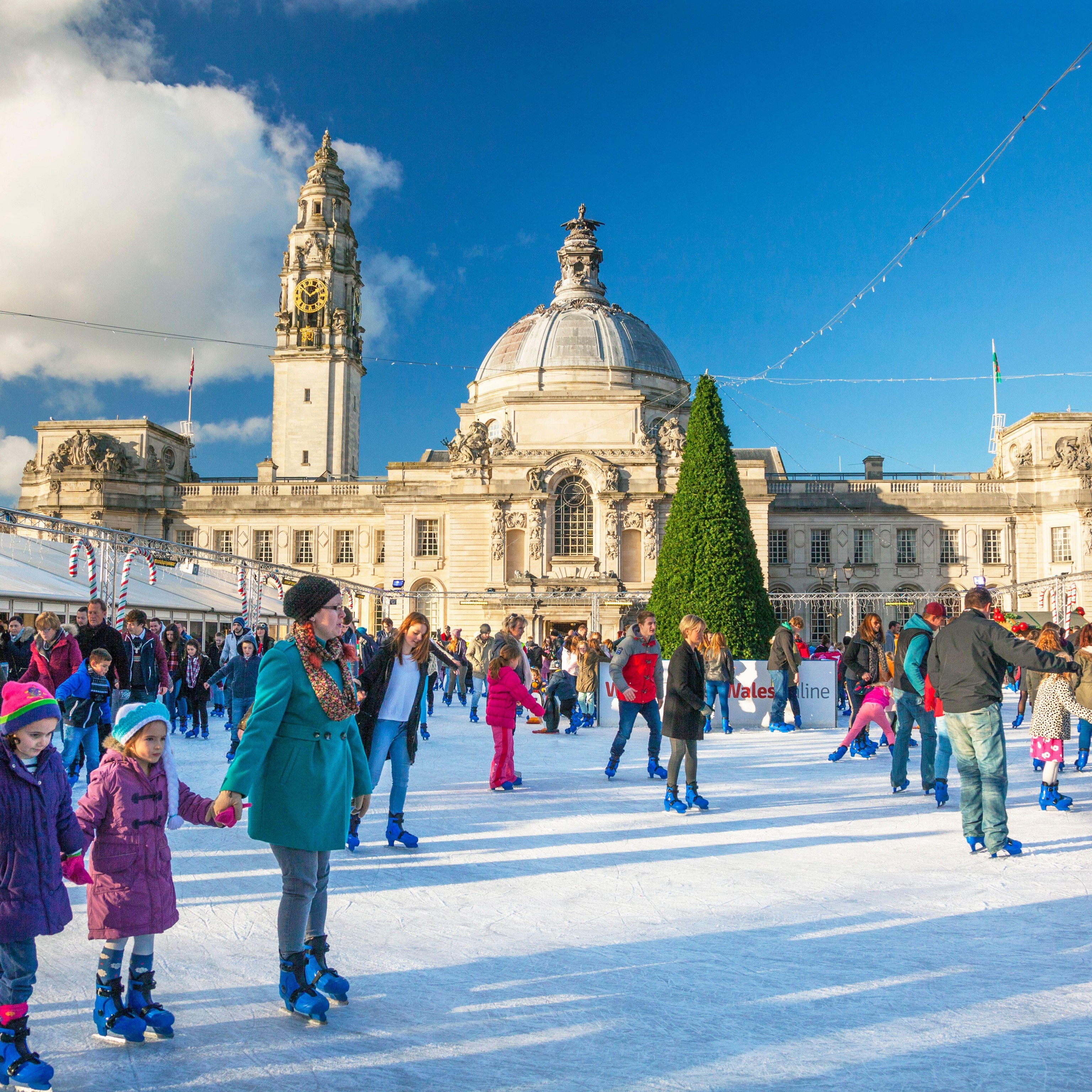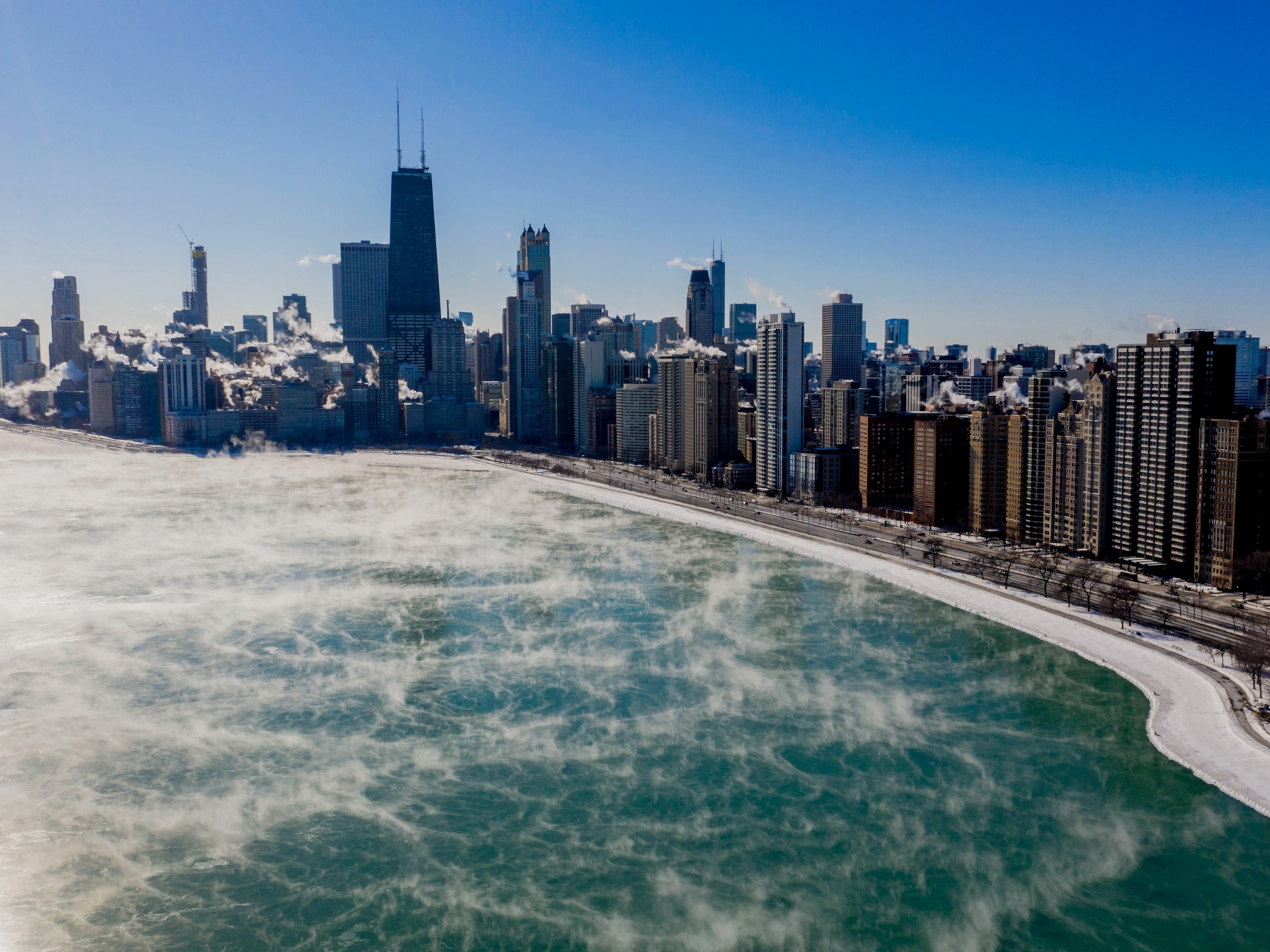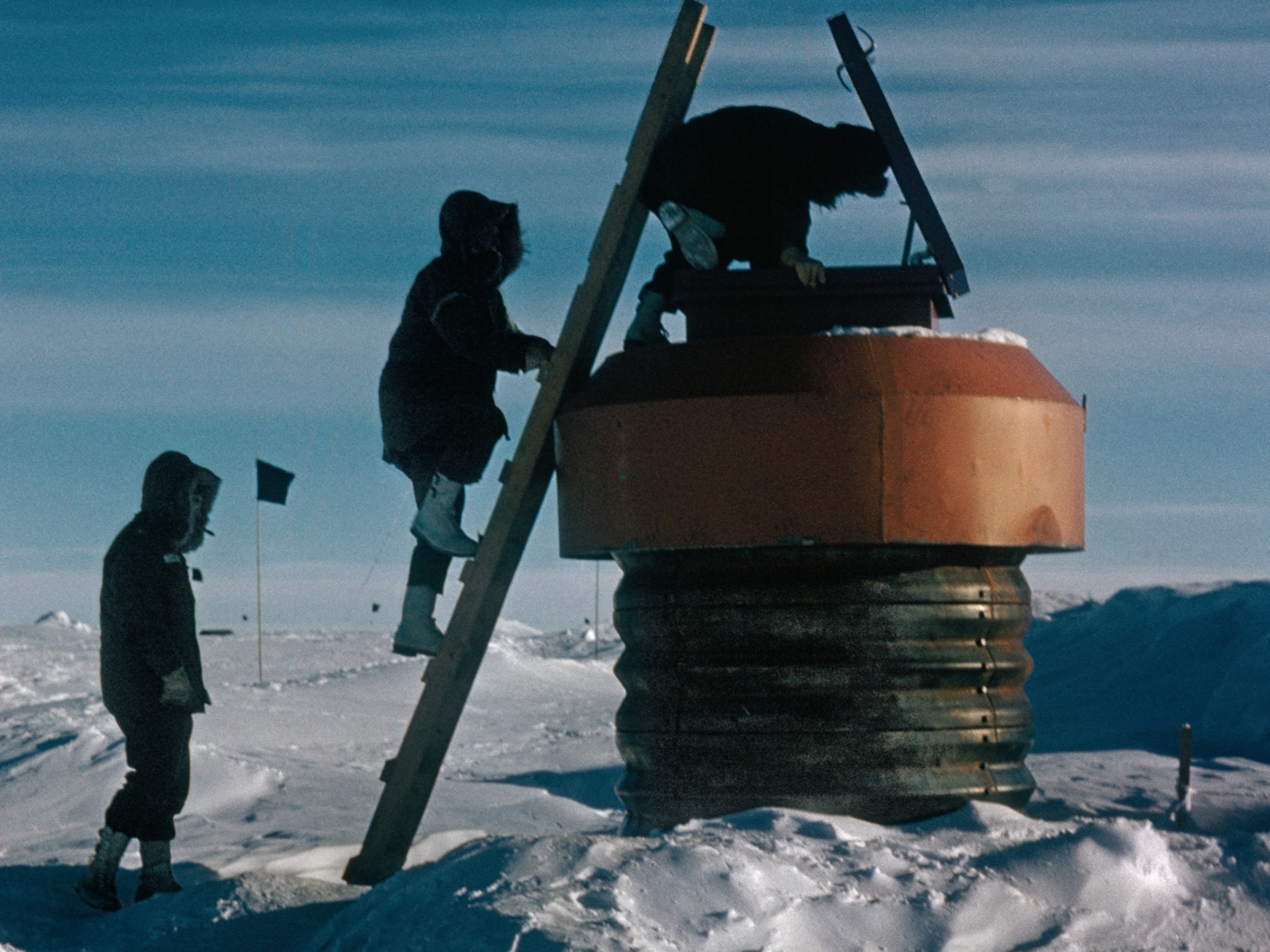Canada's beloved outdoor ice rinks are melting away
Over the past 50 years, the length of skating season in some parts of Canada decreased by a third. By 2050, some regions may not see one at all.
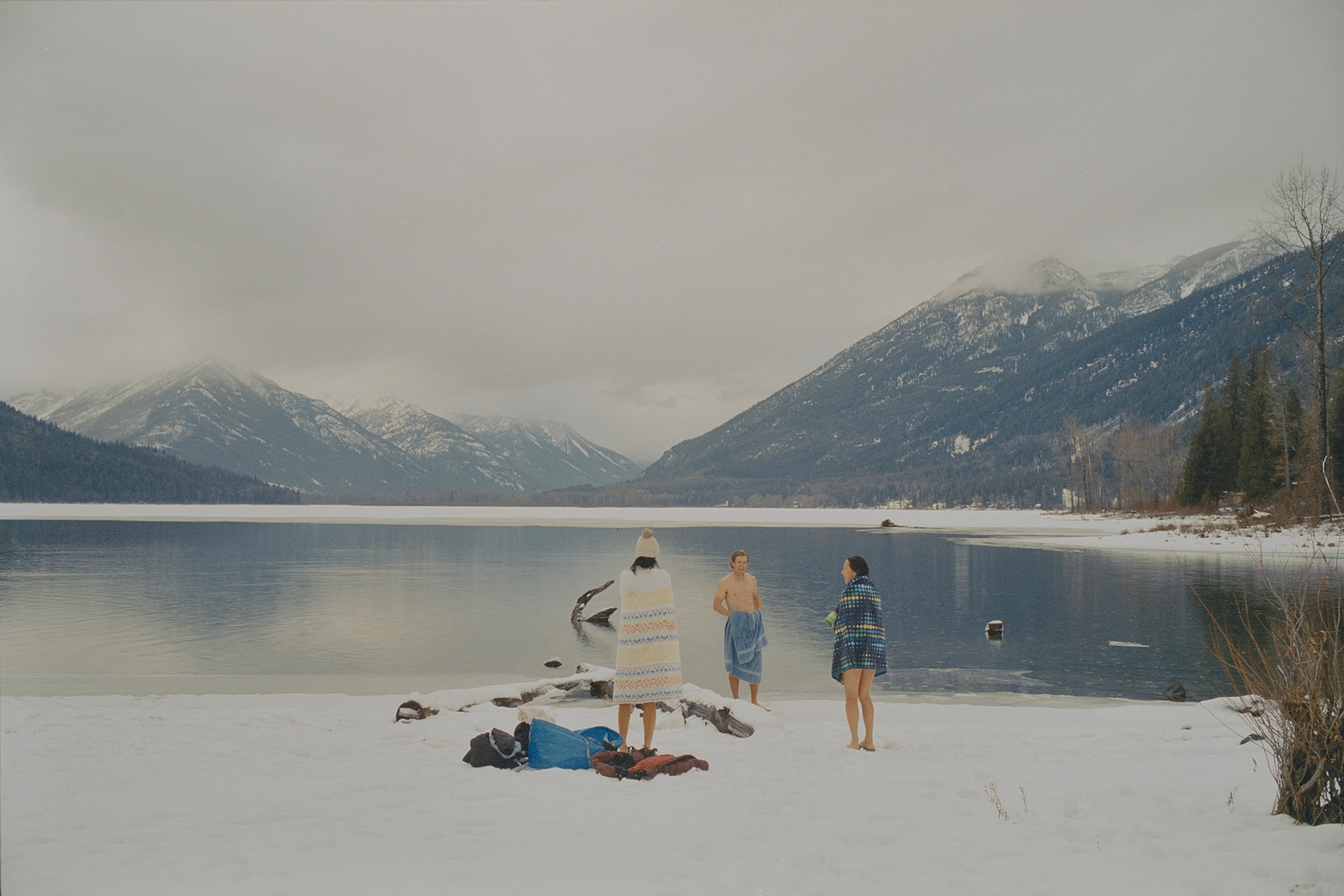
Every year, the Rideau Canal in Ottawa, Canada is transformed into the world’s largest, natural ice skating rink. The skateway, which winds through the country’s capital city for over four miles, has welcomed locals and tourists for over fifty years.
It is a place where kids gather to play, where elderly couples share a quiet waltz, where men and women commute to work in the early hours of the morning. It also happens to be the place I first learnt to skate.
This week, the skateway welcomed its first skaters of the season, after a cold snap descended upon the capital, turning the canal into a solid sheet of ice. Skaters flocked to the rink, glided across the ice and enjoyed a traditional BeaverTail snack. It was a joyous day that skaters worried wouldn’t come.

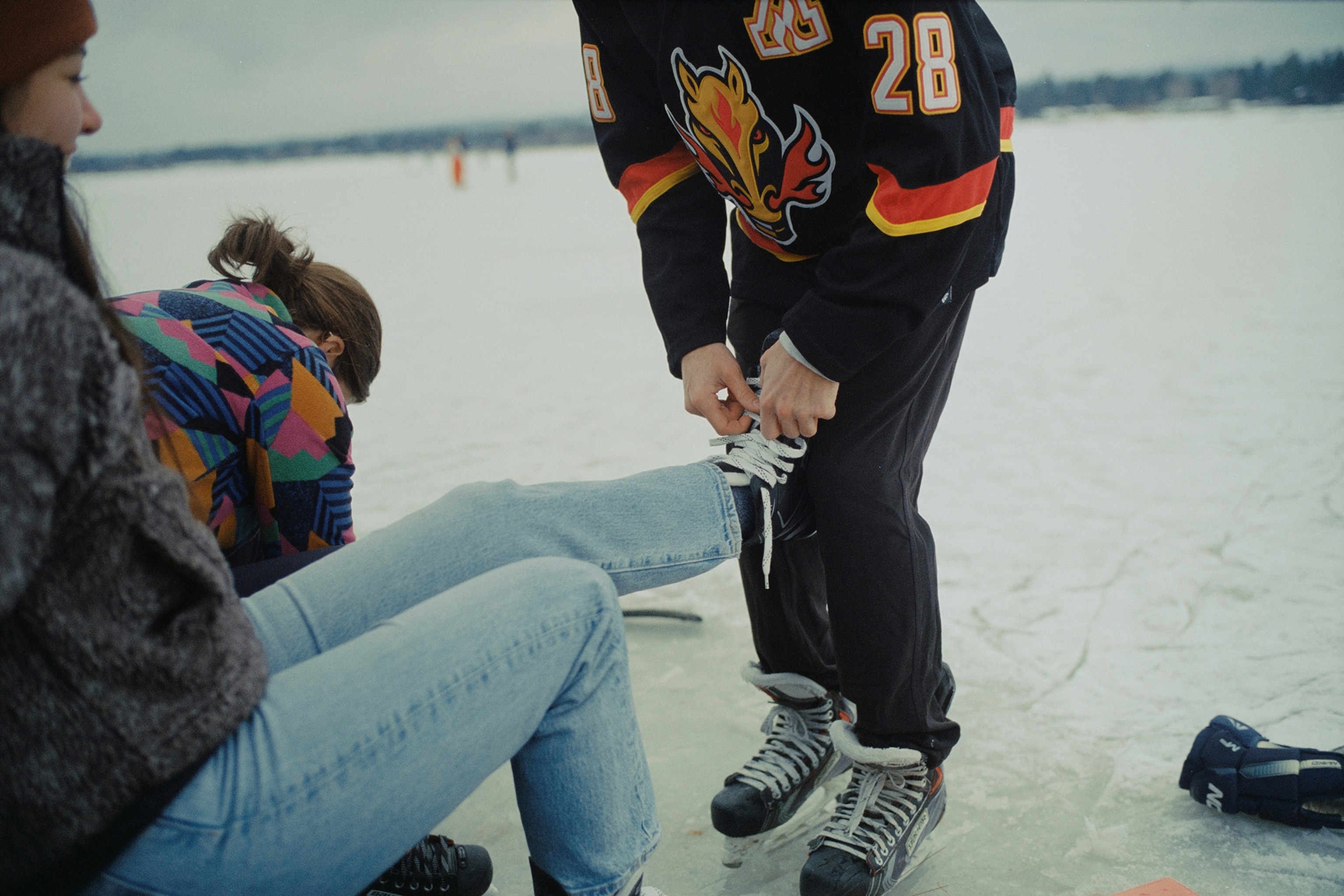

“Skating on the canal has become so unreliable lately,” says Chris Cochrane, a 38-year-old resident of Ottawa, referencing the warmer weather. “It's been challenging to keep the tradition alive.”
In Canada, skating on natural rinks is a way of life. Each winter, when the local rivers, lakes, and streams freeze over, Canadians of all ages glide across the ice, playing hockey and figure skating, partaking in a tradition as old as Canada itself. The International Ice hockey Federation estimates that there are roughly 5,000 outdoor ice rinks across Canada today, the most of any country worldwide after Russia.
Though it is believed that ice skating originated in Scandinavia over 2,000 years ago, Canada has its own rich skating history. The Iroquois used to skate by tying animal bones to their footwear long before colonizers arrived on the country’s shores. Archives indicate that in Acadia, French settlers were skating as early as 1604. By the mid-19th century, Canada built its first outdoor commercial rink in Montreal, cementing skating as a central part of Canadian life.
As winters warm because of climate change, however, Canadians' beloved tradition is melting away.
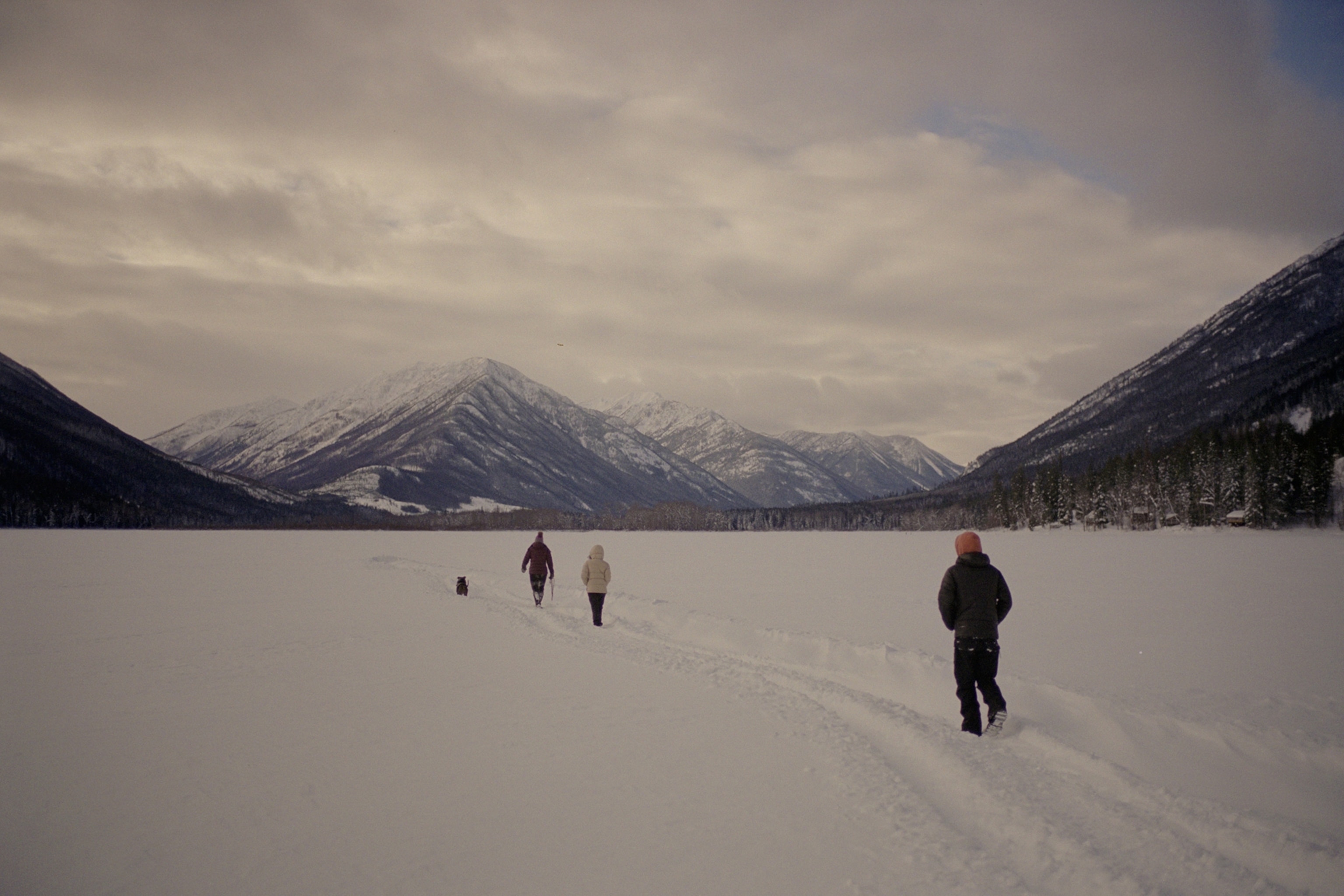
Last year, Ottawa saw its shortest skating season, with the Rideau Canal Skateway opening for a mere ten days due to wet and warm weather. The previous year was even worse: the rink never opened at all.
Across the country, skating rinks are facing a similar fate.
For rinks to be safe, there must be at least ten to fifteen consecutive days of weather below 14℉. These conditions, which used to be common in Canada, are increasingly ephemeral. A study found that from 1951 to 2005, there was a 20 to 30 percent decrease in the length of skating seasons, with the biggest drops in Alberta, eastern British Columbia and the southern Prairie regions.
By mid-century, researchers believe the number of viable skating days in Montreal could decrease to zero.
Finding community on the ice
For Canadians, the disappearance of natural rinks doesn’t just mean losing a recreational activity—it means losing a community. Mervyn Horgan and Saara Liinamaa, who spent 100 hours studying social interactions at outdoor skating rinks in Canada’s 25 largest cities, found they constitute a “distinctive kind of public space” in the country, that has the possibility of forging community ties in a way few other activities can.
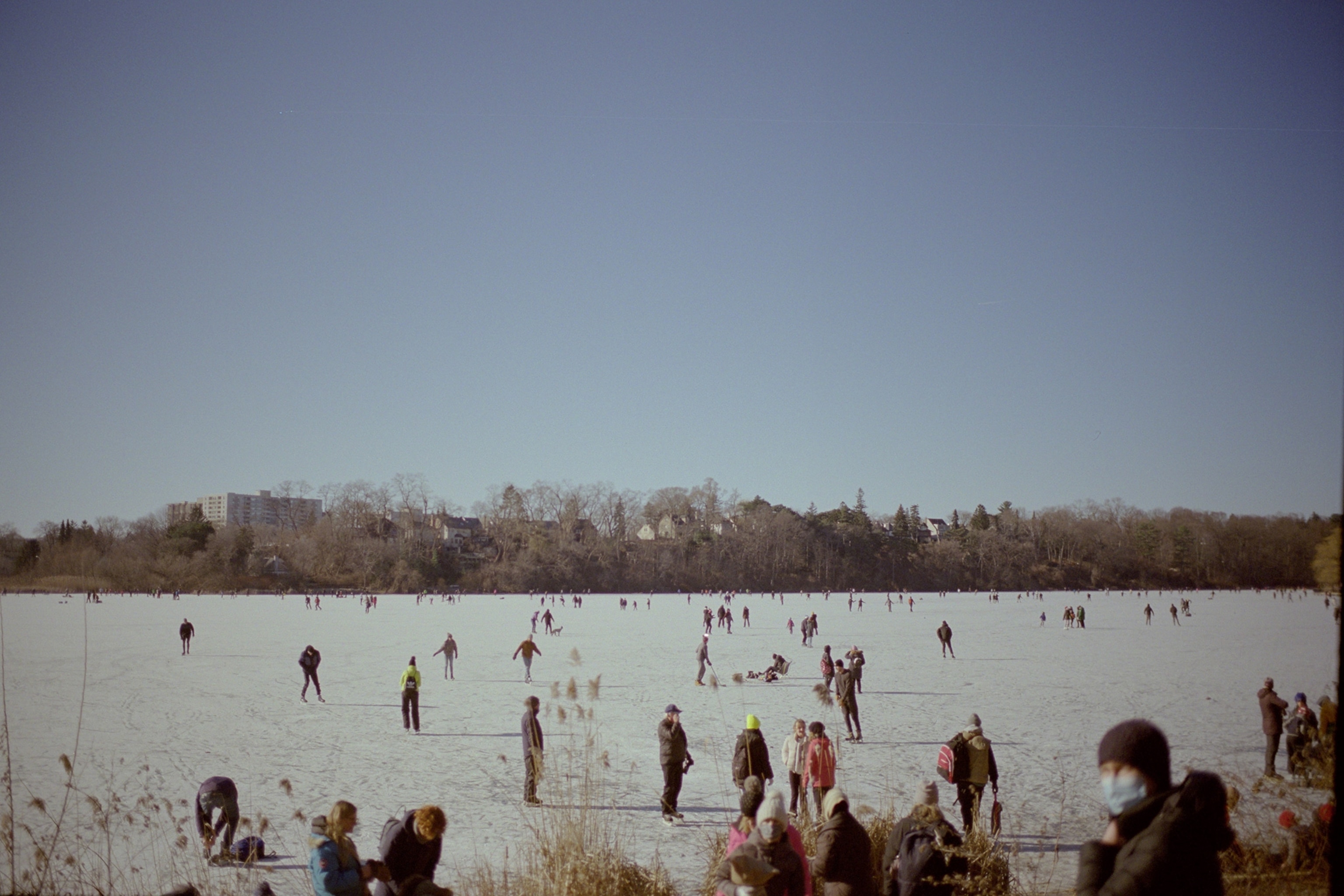
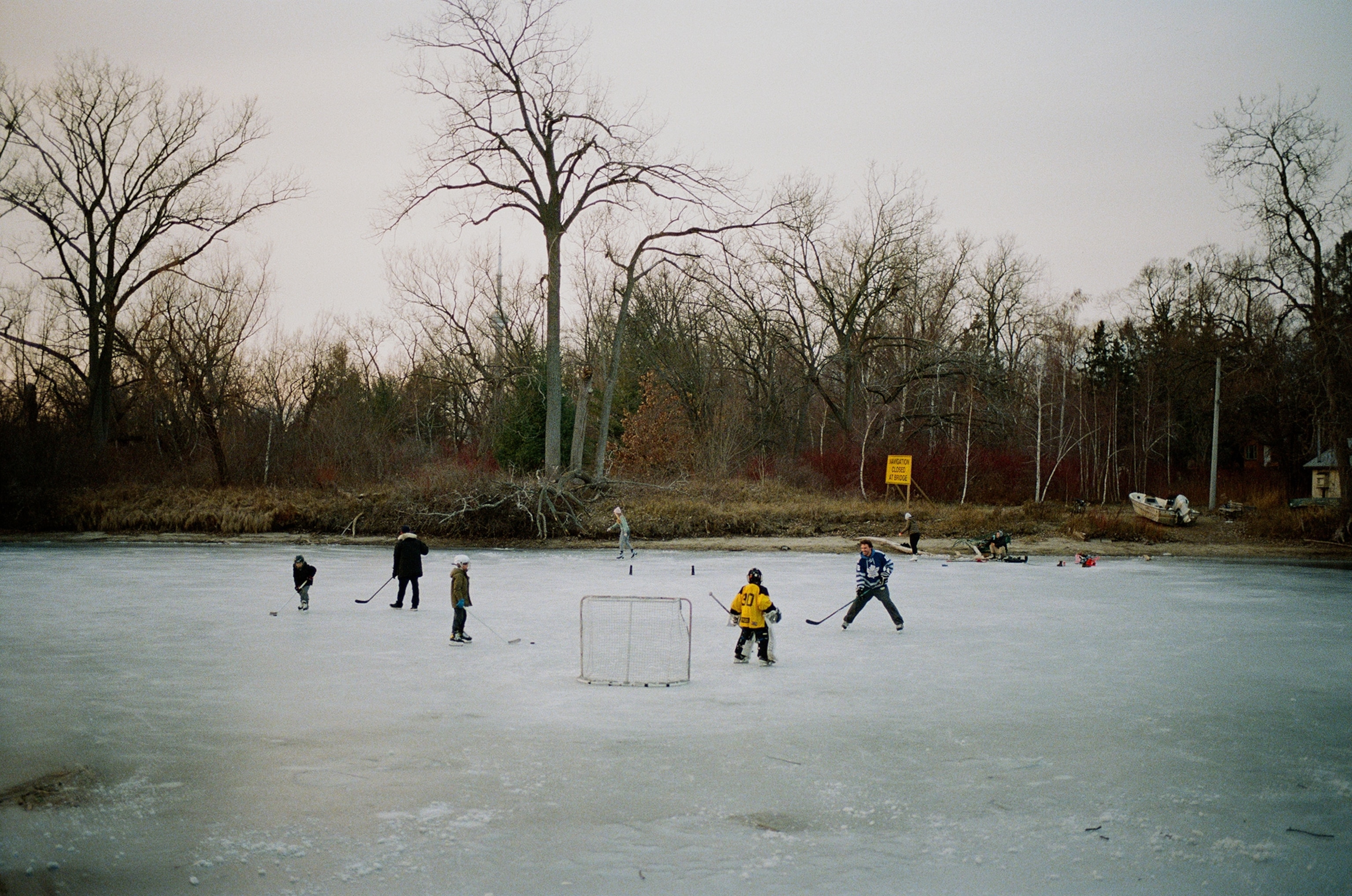
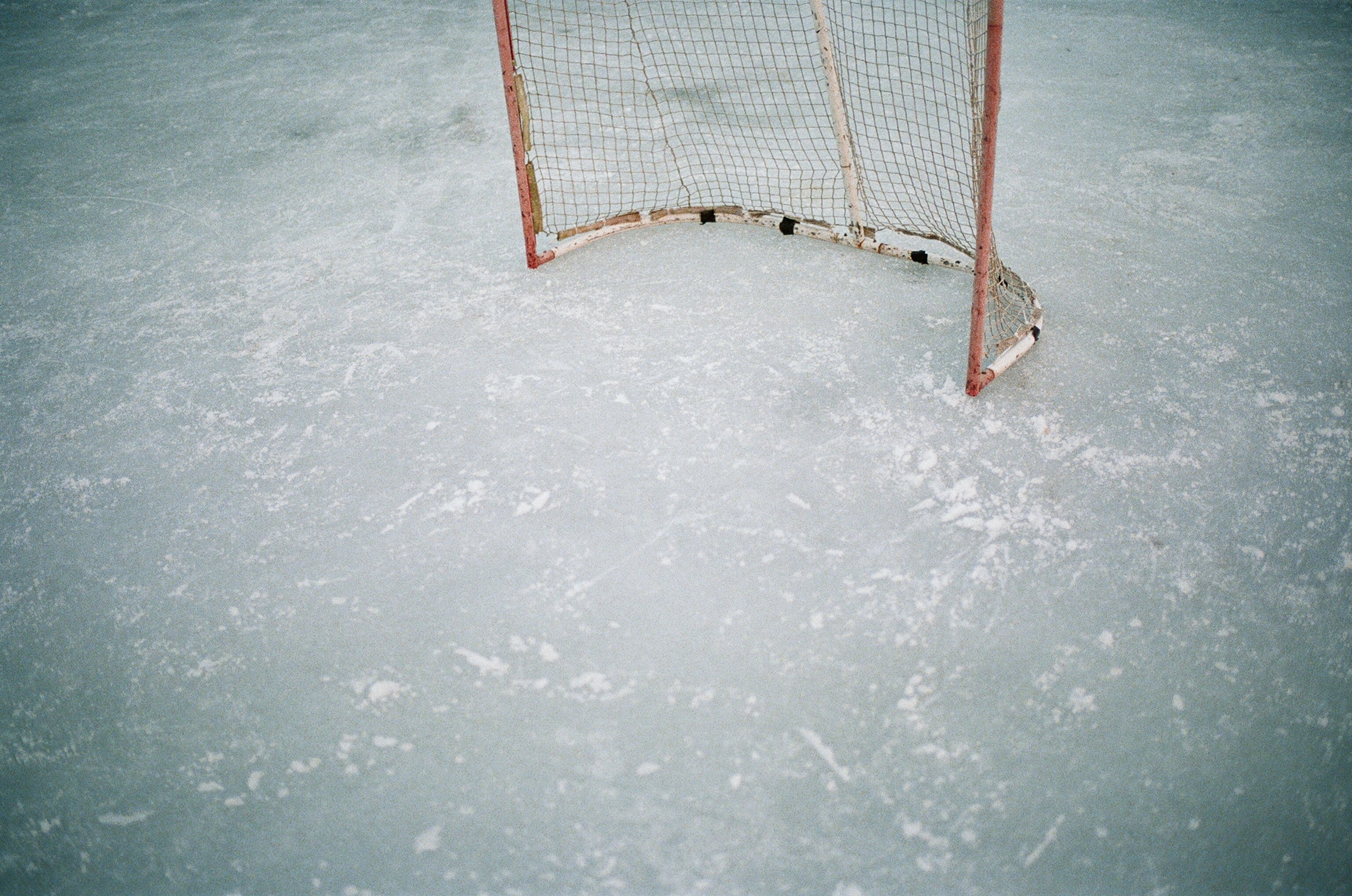
“These rinks are really points of community building and connection,” says Liinamaa. “It’s a point of contact where a whole neighborhood comes together to create, maintain, and share this sheet of ice. ”
Because many public rinks are free, skating provides a rare opportunity for people who come from different ethnic, gender, generational, and class divides, to meet and mingle, offering a steadying hand to a wobbly stranger.
“Ottawa has become such a fragmented community,” says Cochrane. “Skating on the canal is one of the few activities that brings people from all around.”
Horgan and Liinamaa's research affirmed this, finding that ice rinks are a rare place where community ties are created and solidified.
“Skating, as a lifestyle, as a practice, as a ritual, is very strong in our Canadian winterscape,” says Liinamaa. “It’s a key winter ritual. It is part of family histories and practices in important ways.”
I know this personally. Skating, in many respects, has shaped my family history.
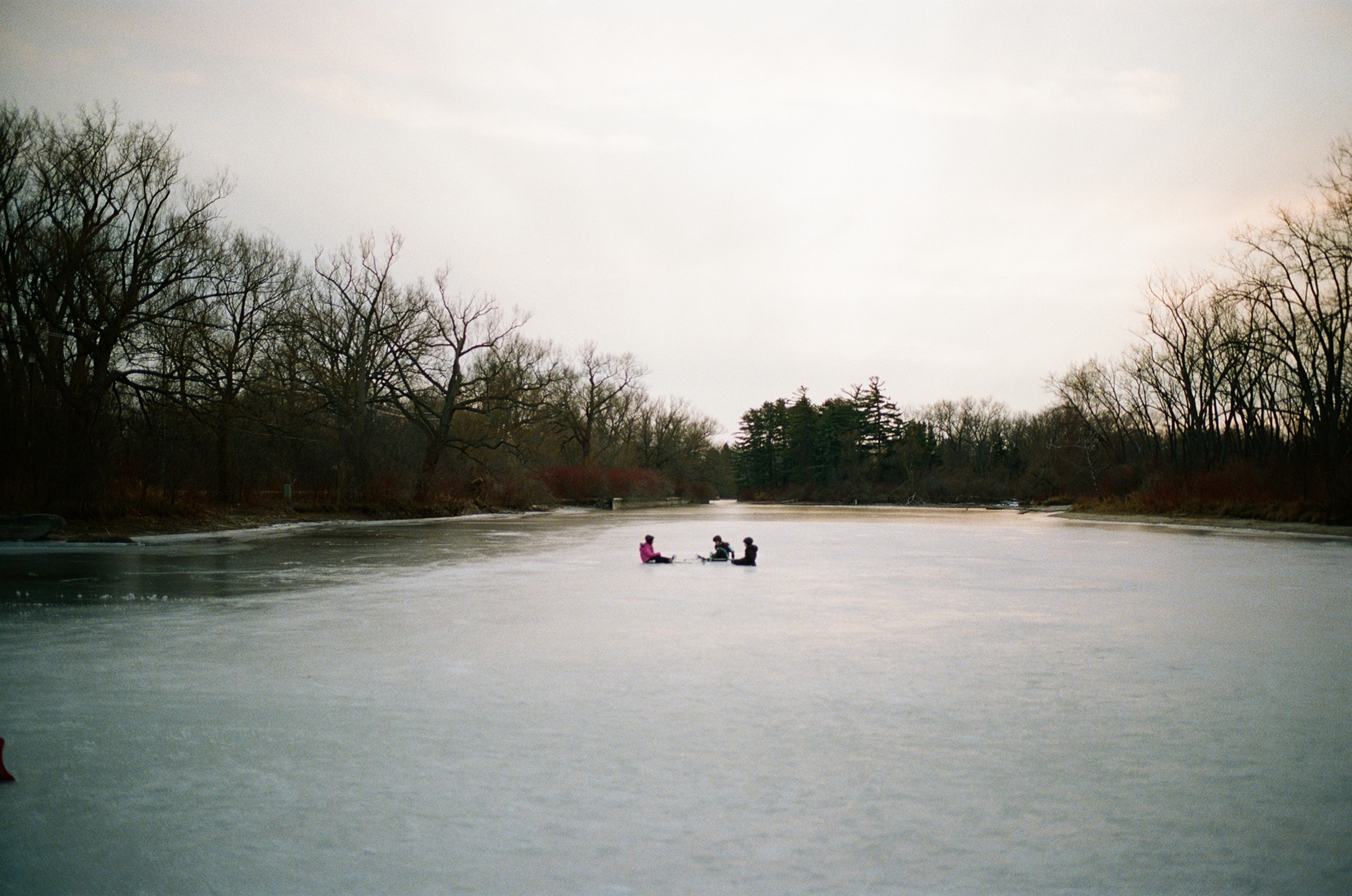

My grand-father was a machinist by day, volunteer ice-hockey coach by night, skating below the moonlight at his local rink in suburban Montreal. When he died, his former players filled the pews at the funeral.
He passed along his love of skating to my mom: as a teenager, she spent her Saturday nights working at the ice rink concession stand. When she became a mother, she let my sister and I skip school to spend “just a few more minutes!” doing laps at the rink. The most important moments of my youth happened on skates: birthdays, christmases, dates and accidents. The skating rink has been the stage where our lives have unfolded. It has witnessed us across generations.
Every Christmas, my sister and I sing Canadian singer-songwriter Joni Mitchell’s iconic winter song, River, where she famously wishes she had a river she could skate away on. I always thought the river was just a metaphor about longing for a person, a time, or a place, that is now long gone.
I never thought it, too, could disappear.
Fighting for traditions
In response to melting ice rinks, a citizen science initiative, RinkWatch has formed. It relies on data submitted by local skating enthusiasts to monitor long term weather conditions. The results are not promising: Rink Watch researchers estimate that based on current data, the number of skating days could decline by 34 percent in Toronto and 19 percent in Calgary by 2090.
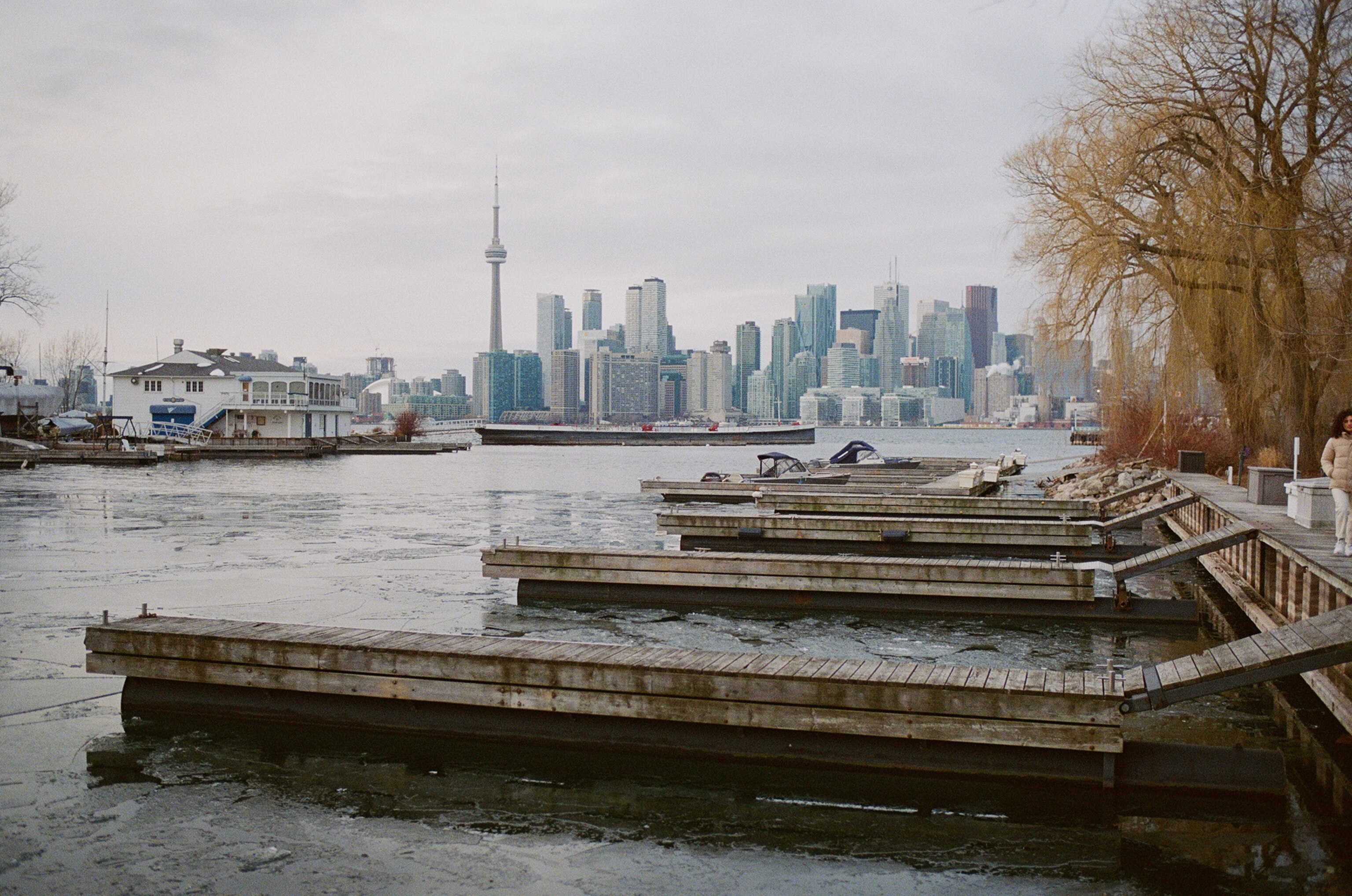
“Today, you are seeing people’s actual childhoods disappearing,” says Liinamaa. “I am deeply, and acutely sad about what’s going to happen.”
RinkWatch, however, is doing what it can to keep skating traditions alive: it has created an interactive map of skating rinks, which helps connect people with rinks that are deemed safe enough to skate on.
While Liinamaa finds these kinds of initiatives heartening, she remains concerned.
“Communities are of course innovative and resilient,” she says. “But what do you do with a slushy park?”



